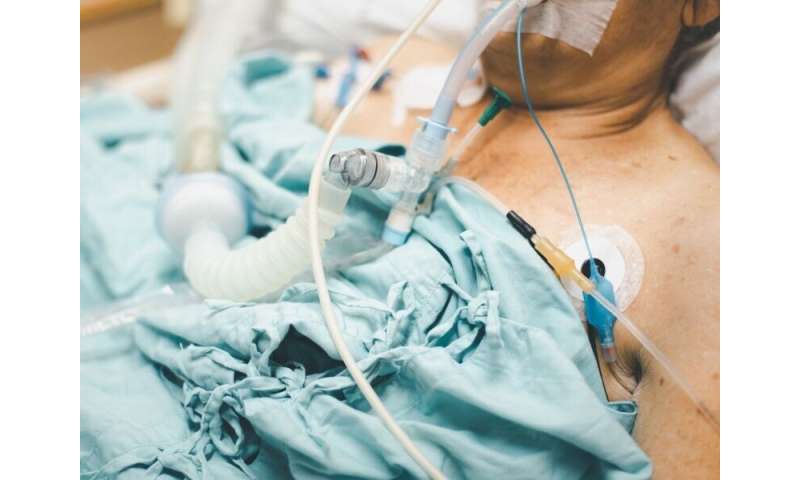Time to decannulation shorter if based on suctioning frequency


(HealthDay)—A protocol based on suctioning frequency plus continuous high-flow oxygen therapy results in a shorter time to decannulation among conscious, critically ill patients with a tracheostomy tube, according to a study published in the Sept. 10 issue of the New England Journal of Medicine.
Gonzalo Hernández Martínez, M.D., Ph.D., from the Virgen de la Salud University Hospital in Toledo, Spain, and colleagues randomly assigned 330 conscious, critically ill adults who had a tracheostomy tube to either undergo a 24-hour capping trial plus intermittent high-flow oxygen therapy (control) or receive continuous high-flow oxygen therapy with frequency of suctioning as the indicator of readiness for decannulation (intervention; 161 and 169 patients, respectively). The time to decannulation was examined as the primary outcome.
The researchers found that the time to decannulation was shorter in the intervention group compared with the control group (median, six versus 13 days). Compared with the control group, the intervention group had a lower incidence of pneumonia and tracheobronchitis and a shorter duration of hospital stay. The groups were similar in other secondary outcomes.
“The authors have taken an important step in building an evidence base to improve care for patients with chronic critical illness,” writes the author of an accompanying editorial. “The generation of new knowledge should not end when a patient has survived acute illness.”
Source: Read Full Article




